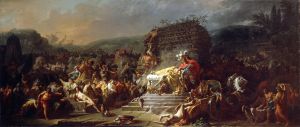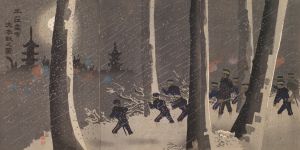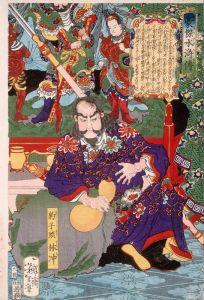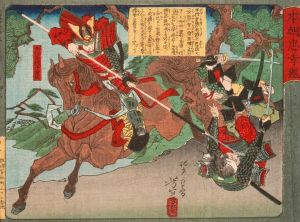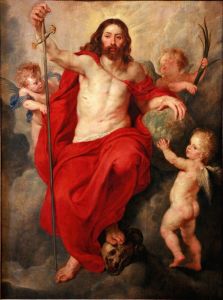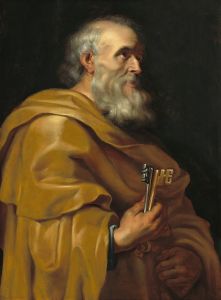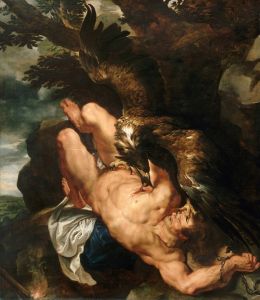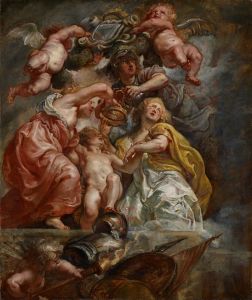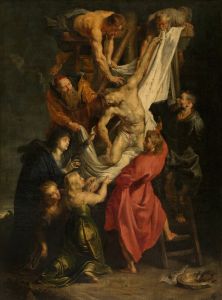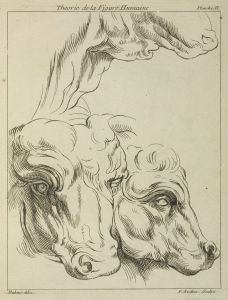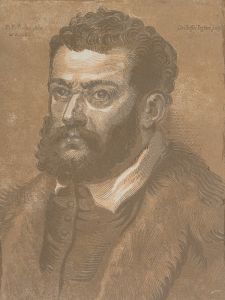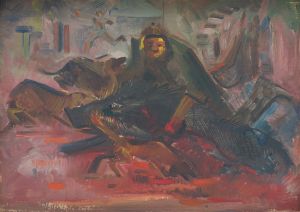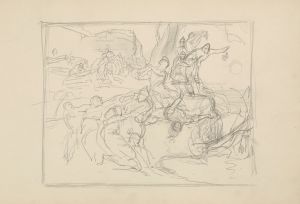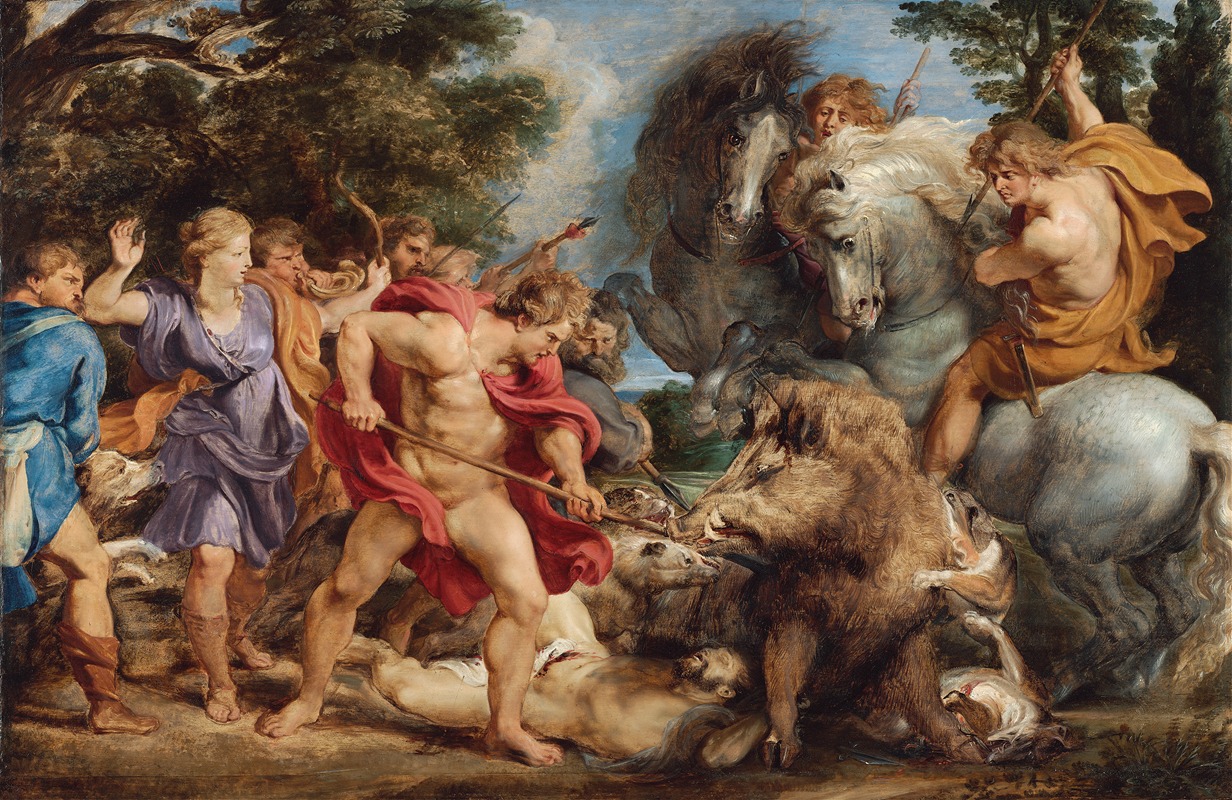
The Calydonian Boar Hunt
A hand-painted replica of Peter Paul Rubens’s masterpiece The Calydonian Boar Hunt, meticulously crafted by professional artists to capture the true essence of the original. Each piece is created with museum-quality canvas and rare mineral pigments, carefully painted by experienced artists with delicate brushstrokes and rich, layered colors to perfectly recreate the texture of the original artwork. Unlike machine-printed reproductions, this hand-painted version brings the painting to life, infused with the artist’s emotions and skill in every stroke. Whether for personal collection or home decoration, it instantly elevates the artistic atmosphere of any space.
"The Calydonian Boar Hunt" is a notable painting by the Flemish Baroque artist Peter Paul Rubens, renowned for his dynamic compositions, vibrant color palette, and masterful depiction of movement and anatomy. This artwork, created around 1611-1612, exemplifies Rubens' ability to capture dramatic action and emotion, a hallmark of his artistic style.
The painting illustrates the mythological story of the Calydonian Boar Hunt, a popular subject in classical mythology. According to the myth, the Calydonian Boar was a monstrous creature sent by the goddess Artemis to ravage the region of Calydon in Aetolia, as punishment for King Oeneus's neglect in honoring her in his rites. In response, a group of heroes was assembled to hunt the beast, including notable figures such as Meleager, Atalanta, and several others from Greek mythology.
Rubens' depiction of this mythological event is both vivid and intense, capturing the chaos and ferocity of the hunt. The composition is filled with dynamic figures, each rendered with Rubens' characteristic attention to muscular detail and expressive movement. The painting portrays the moment of confrontation between the hunters and the boar, with the figures arranged in a swirling composition that draws the viewer's eye across the canvas.
At the center of the action is the boar itself, depicted with a sense of power and menace. Surrounding the beast are the hunters, each engaged in the struggle, their bodies twisting and turning in a display of physical exertion. Among the hunters, Atalanta is often highlighted, as she was the first to wound the boar, a detail that Rubens captures with precision and drama.
Rubens' use of color and light enhances the intensity of the scene. The artist employs a rich palette, with deep reds, earthy browns, and vibrant flesh tones, contrasted against the darker background. This use of chiaroscuro not only adds depth to the composition but also emphasizes the emotional and physical tension of the hunt.
"The Calydonian Boar Hunt" reflects Rubens' deep engagement with classical themes and his ability to translate these ancient stories into compelling visual narratives. His work on this painting demonstrates his mastery of the Baroque style, characterized by movement, vivid detail, and emotional intensity.
This painting is part of Rubens' larger body of work that often drew inspiration from classical mythology, history, and religion, showcasing his ability to blend these themes with the artistic innovations of his time. Through "The Calydonian Boar Hunt," Rubens not only tells a story from antiquity but also invites the viewer to experience the drama and excitement of the mythological past through his dynamic and expressive artistry.





